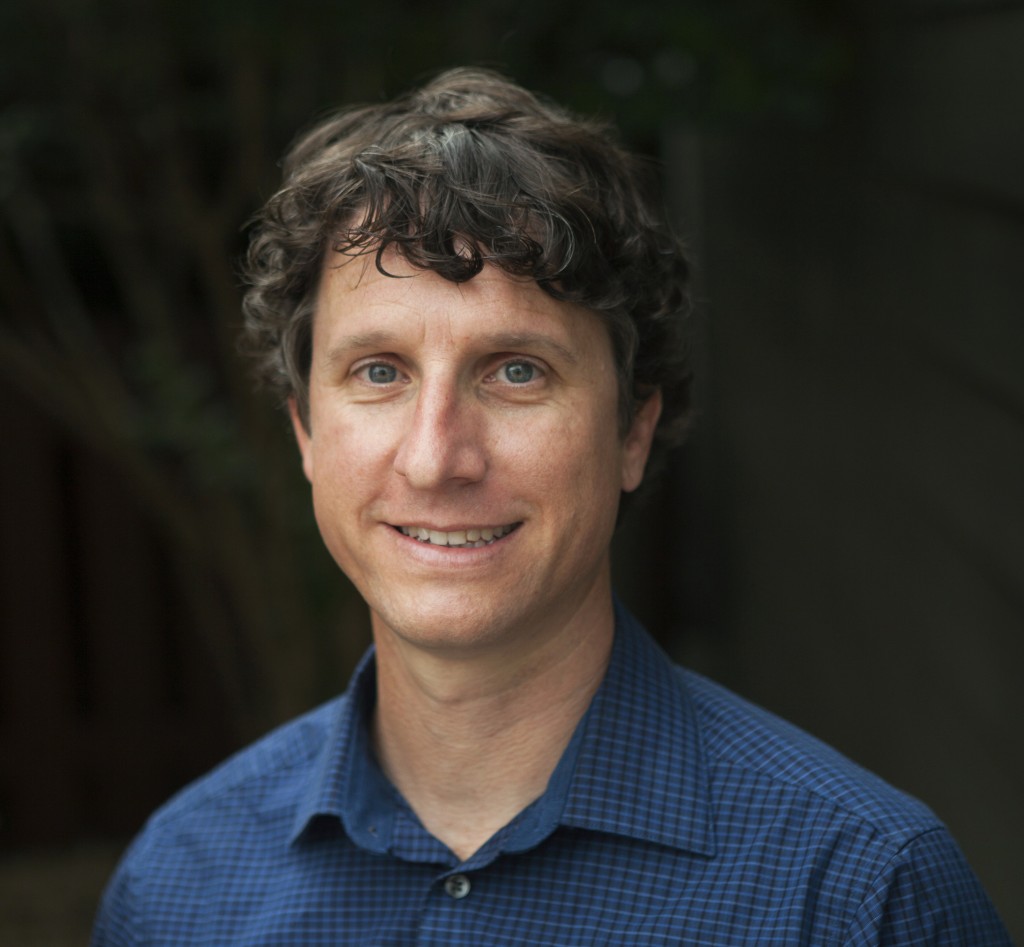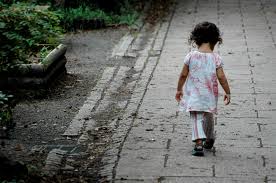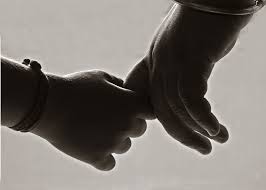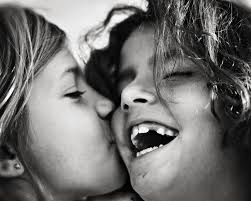
This month’s blog is by Mark Marini, known to most as “Muggsie,” an Intervention Specialist at Albemarle High School. For the past 19 years, he has worked diligently in education to support struggling learners, both with behaviors and academics, by working both with students and teachers. He fills many roles at Albemarle High including: Intervention Specialist, English teacher, Special Education teacher, Mediator, School Based Intervention Co-Chair, Response To Intervention Specialist, AVID English teacher, and lifelong learner. Check out his blog, On Education.
Youth-Nex had the pleasure of meeting Muggsie at this year’s conference, “Youth of Color Matter: Reducing Inequalities Through Positive Youth Development.” We are grateful for his and fellow educators’ participation at the event.
There are some children in the world who were just born to be good. My daughter, who is now nine, seems to be one of those children. When she was small, still crawling around, my wife and I remember her going past an electrical outlet in our house. She started to reach towards it, and my wife gently said, “No; don’t touch.” She looked at my wife, looked at the outlet, and kept crawling. Several days later, she was crawling past the same outlet, and she stopped. Pointed at it and said, “No.” Then she continued crawling. For the most part, my wife and I did not have to teach her good behavior. It is as if she was born with a gene that helps her to do the right thing. But that does not mean she always does.
“My experience is that Restorative Practices, if implemented with the required support and training, can have a great impact on a community. This could be a school, a neighborhood, or even a family. With time and dedication, the gains for our next generation are great. For, while resolving conflicts with Restorative Practices, we teach children how to resolve future conflicts on their own.”
Some times, she needs additional support. She has a younger brother who tests her and her ability to make the right choices. In those moments when she is tested, she needs support to know how to act, and how, if she has caused harm, to fix it.
times, she needs additional support. She has a younger brother who tests her and her ability to make the right choices. In those moments when she is tested, she needs support to know how to act, and how, if she has caused harm, to fix it.
I work in a large public school in Charlottesville, VA where we received a grant to train staff in Restorative Practices (RP). Because of my interest in supporting positive student discipline, I was one of the early adopters of RP. What I appreciate about RP is that it gives people who have caused harm an opportunity to be heard, allows them to thoughtfully examine the effects of their behavior, and creates a way to repair the harm. Furthermore, it teaches students conflict resolution skills.
A teacher, let’s call her Stacy, reached out to me recently because she wanted to use a positive approach to reduce some negative classroom behaviors. To support her, I turned to RP. A person using RP must:
- Build positive relationships
- Build social capital
- Use affective statements
- When harm is done, use the questions:
- What happened?
- What were you thinking of at the time?
- What have you thought about since?
- Who has been affected by what you have done? In what way?
- What do you think you need to do to make things right?
On the surface the steps appear simple, but implementation is rather complex. Over the years, I’ve found that Restorative Practices takes, well, practice. There is a way to talk. And, more importantly, there is a way to listen.
When I received the email from Stacy, I knew the most important thing to do was sit down and listen to her story. Stories in RP are one of the most essential parts of the whole process. Once a conflict has occurred, the first step is to create an opportunity for people to voice what happened. While telling the story, they process the incident and prepare to move towards a resolution. What was surprising about Stacy was that she was one of the victims in the situation, experiencing the damage of the conflict first-hand. Stacy needed and deserved to have someone listen to her.
Another interesting part of this situation is that Stacy is a STEM teacher (Science, Technology, Engineering, and Math). Most people don’t think about STEM students when they think of RP. Her students are academically driven. Most do their work competently, are respectful, and are self-motivated to be successful in school. These students have never been suspended, and few, if any, have ever received a disciplinary referral in their entire academic life.
But these students, just like most, can benefit from instruction on conflict resolution and repairing harm done – key components of RP.
When we met, Stacy relayed the details of the conflict to me. Some students in class were causing a disturbance, making other students feel uncomfortable and/or unsafe. It was not clear if this was bullying, or if the conflict was mutual. Stacy’s problem was that the students were clever. None of the comments were made within earshot. Although she could tell when something was going on, by the time she arrived on the scene, all actions had ceased.
Here is why supporting the use of Restorative Practices is difficult. For a situation like this, when the teacher is already in the middle of it, the components that support RP need already to be established. Therefore, if relationships have not been built, the teacher needs to work on a foundation which has not been laid.
Luckily, Stacy started off the year having the students come up with agreements about what the values of the classroom would be – including collaboration and teamwork. All she needed to do was bring the students back to that agreement and evaluate if norms had been broken. If the norms were broken, harm had been done, and, therefore, students needed to repair that harm.
While we had an enjoyable conversation, it ranged over a great deal of topics, and I was concerned I overwhelmed her. But, RP is not just a classroom management technique (although it is). It is not a discipline system (although it can be). It is a philosophical approach that a community decides to use to support all members in that community. It is a mindset that makes all members reflect on how they participate in and with their community. It is a process that requires people to consider, if they have harmed others, how they can repair that harm. Stacy could easily have sent students to the principal’s office. However, this went against one of her main goals: prepare students for the job world. Stacy wants students to be responsible for themselves, and supportive of others. She wants to prepare these students for when they enter the job market, and have to work on a team to complete a project, or communicate professionally. She wants them to consider how their actions impact the entire team. Stacy is wise enough to know that, if that is her goal, then these students need to be taught these skills, not punished for something that they don’t know, or can’t correct.
In about an hour, we created a plan for her to use. She and I will still work together, but there is a plan in place.
An hour later, she wrote an email telling me she had used the RP questions with one of the students, and it had made a major impact in his behavior for that day.
As with Stacy, my experience is that Restorative Practices, if implemented with the required support and training, can have a great impact on a community. This could be a school, a neighborhood, or even a family. With time and dedication, the gains for our next generation are great. For, while resolving conflicts with Restorative Practices, we teach children how to resolve future conflicts on their own.
Note: When using Restorative Practices, I trust in the process. In addition to using Restorative Practices, however, I also combine many of the ideas created by Dr. Ross Greene and use collaborative problem solving phrasing and active listening techniques. To learn more about this, visit Lives in the Balance.

